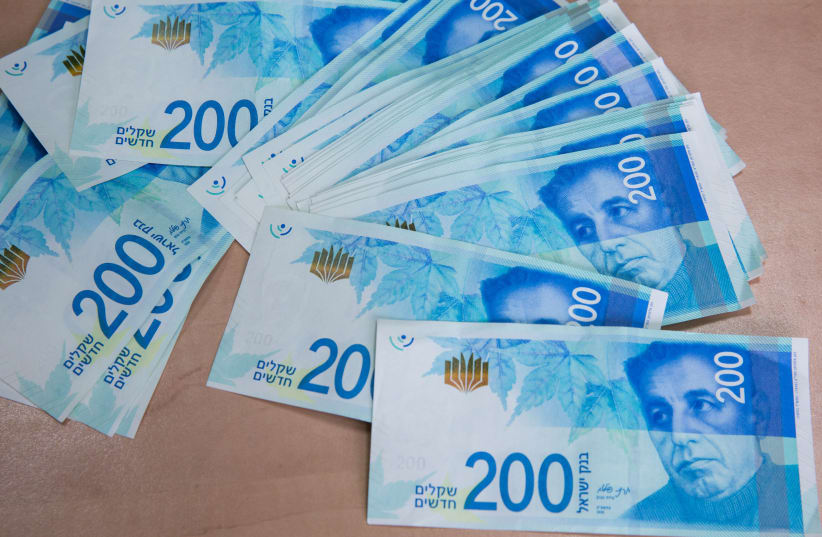The Bank of Israel has published updated data that the banks were forced to provide about their interest rates so the public will know what each person pays for deposits in shekels.
This is a relatively new initiative that was crucial after sharp public criticism leveled at the banks for rushing to take advantage of interest rate hikes by the Bank of Israel, so they could charge their customers new, sometimes higher interest rates on credit – either on overdraft limits in checking accounts or with loans – but only updated the interest rates enjoyed by the public on deposits by fractions of a percent of shekels kept in checking accounts.
Now everyone has the ability to check, compare and decide between different alternatives.
Not always worthwhile to lock money away for a long period of time
The table shows that for short periods of up to three months, the interest range extends from 1.79% offered by the Bank of Jerusalem to the worst interest offered by Yahav of only 0.41%. Among the five largest banks, International is the most generous with 1.34%.
In a period of between three months and a year, Discount Bank leads the table with an interest rate of 2.89%, and Mizrahi-Tefahot gives the worst interest rate to its customers, paying half of that: 1.44%. On the other hand, in the next category of one to two years, Mizrahi Tefahot is the big winner with an interest rate of 3.58% on the deposit and the worst interest rate is again offered by Yahav, with 1.91%.
And what about the two-five year term?
Here again, Mizrahi-Tefahot leads with 3.18% interest compared to only 1.51% offered by Mercantile Bank.
It should be noted that "closing" away the money for the long term won't provide dividends, as some banks estimate that the interest rate will drop quickly over time so it's possible that those who deposited their money in a deposit for one year will benefit from a higher interest rate than those who deposited for a period of 2-5 years.
That's why it's recommended, for any amount and for any period of time, to check the current interest rate on a case-by-case basis. Also, bargain on the interest percentages that may increase with larger deposits.


